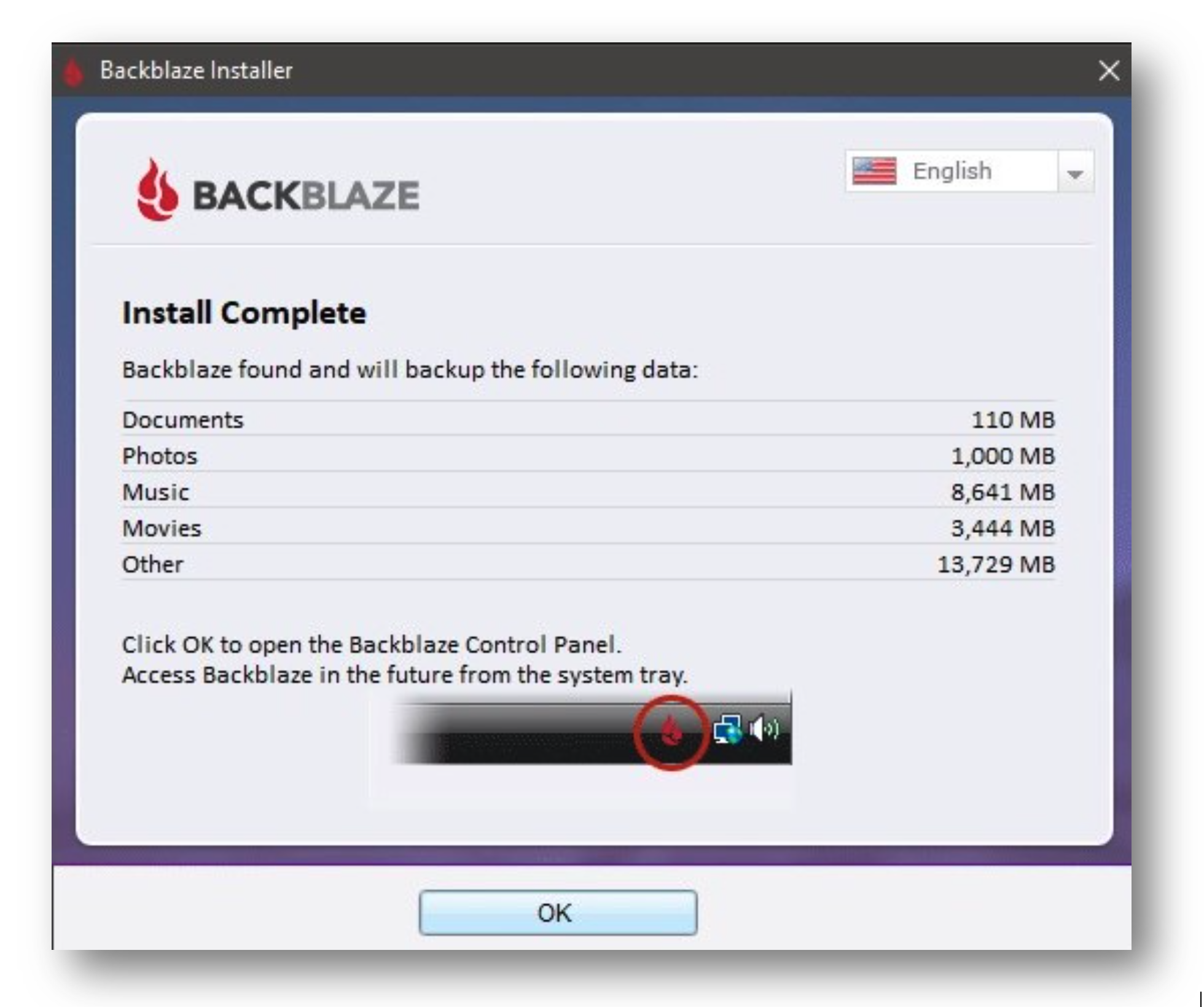

I'd perform #2 as much as possible, while #1 and #3 are done maybe once a week or every two weeks. Bring that back in after a given period of time, and back up the NAS again. I'd perform this backup every week or so, and store that offsite. This not only includes all data on my NAS, but the Time Machine Backup as well. Back up my Synology NAS to an external SSD.When it comes to pushing a lot of data, WiFi is more of a bottleneck than anything, as it is best suited for portability than speed. For example, max speed for 802.11g WiFi routers is 54Mbps, whereas a switch can be at Gigabit (1Gbps) speeds or more.

This will require a switch or router (most routers for your upstream service should have enough ports to connect the NAS and your Mac to), that way you're getting the maximum amount of throughput your switch or router can push versus being limited to WiFi speeds. The key to doing this so it doesn't take an insane amount of time is by performing the backup over Ethernet rather than WiFi.

Store that SSD offsite (parent's house, storage unit, etc.) that is easily accessible in case of disaster. back up my MBP via Time Machine to an external SSD.And waiting for them to send you a drive of your data versus having faster access to your data either onsite or at a location that is not where your disaster is is a no-brainer.įor example, the backup solution I have is 2-fold: Why do that, when you could run out to Costco and buy a big enough drive that is more than adequate for a TM backup yourself, instead of relying on a cloud solution, and a dependency on a fast enough internet connection to get to your backup? That kind of defeats the purpose of having a backup as when you need to restore is based on a catastrophic failure where you may not have access to anything.


 0 kommentar(er)
0 kommentar(er)
